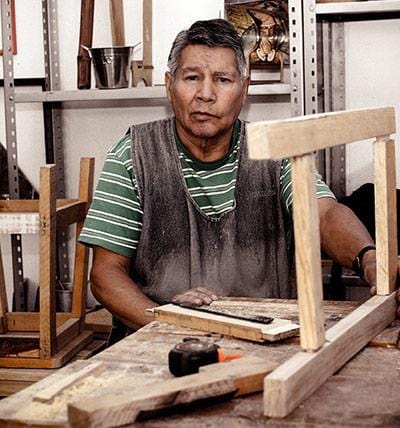Kiddush cups are central to Jewish ritual, used to recite the berakhah over wine on Shabbat and Yom Tov. From classic silver and handcrafted ceramics to modern glass, stainless steel, acrylic, and wood, each material offers a unique blend of beauty and functionality. This variety keeps the Kiddush tradition meaningful and personal for today’s families.
Silver Kiddush Cups
A classic and lovely way to celebrate Shabbat and festivals is the use of a silver Kiddush cup, also known as a becher. People appreciate silver for its texture, antibacterial properties, and aesthetic appeal. Many families keep silver cups among their family treasures. These items always show outstanding silversmithing. Hand-chasing, filigree, or repoussé patterns transform the cup into a masterpiece rich in memory. Aging patina increases its distinctiveness.
Glass Kiddush Cups

Glass Kiddush cups introduce contemporary elegance, a clear departure from metal. Styles are incredibly varied. Some prefer clean, minimalist forms, while others seek vibrant art glass. These creations command attention on the Shabbat table.
Glass is a common material due to its clarity. This not only allows one to fully appreciate the deep hue of the wine, which is the core of the blessing, but it also gives the event a visual aspect. Furthermore, the glass is effortless to keep, which is a good feature for regular use. The adaptability of glass allows these cups to be used in various environments.
Everything from casual family dinners to more official, organized customs, enabling them to blend in seamlessly with various environments, is included.
Ceramic Kiddush Cups
Ceramic cups provide a natural, sometimes quite creative path for Kiddush celebration. Often reflecting particular ethnic themes, they sometimes have bright glazes and intricate designs. Imagine delicately painted porcelain or hand-thrown stoneware with mild textures. The options are numerous, allowing you to make statements that closely match personal tastes or home decor. While ceramics may not have the long historical connection of silver, their accessibility and broad diversity are appealing to many. A well-chosen ceramic Kiddush cup improves the Shabbat table's hiddur mitzvah by serving admirably as both a functional ritual item and an ornamental component.
Other Materials for Kiddush Cups
Apart from silver, glass, and ceramic, kiddush cups are now available in a variety of other materials. For outdoor or communal use, stainless steel is fashionable and robust. Lightweight and shatter-resistant, acrylic is perfect for young families. While pewter cups are delicate and shiny, olivewood cups are rustic. These affordable and contemporary options make the ceremony available.
Conclusion
Whether made of costly metal, dazzling glass, handcrafted pottery, or a contemporary substitute, kiddush cups reflect the dynamic interplay of tradition and personal expression in Jewish life. Every substance has stories and benefits. Examples include silver's durability, glass's clarity, modern lines, ceramic's handcrafted character, and the utility of materials such as steel, acrylic, or wood. When people and families select one that inspires beauty and connection, kiddush cups become more than functional. It links the ceremony to a legacy, enhancing its significance throughout many generations.
ABOUT THE AUTHOR
Olivia Poglianich
Content Strategist
Olivia Poglianich is a nomadic brand strategist and copywriter in the wooden crafts and 3D product design space who has worked with brands such as Visa, Disney and Grey Goose. Her writing has taken her all over the world, from a Serbian music festival to a Malaysian art and culture event. Olivia is a graduate of Cornell University and is often writing or reading about travel, hospitality, the start-up ecosystem or career coaching. Her latest interests are at the intersection of web3 and communal living, both on and offline.






